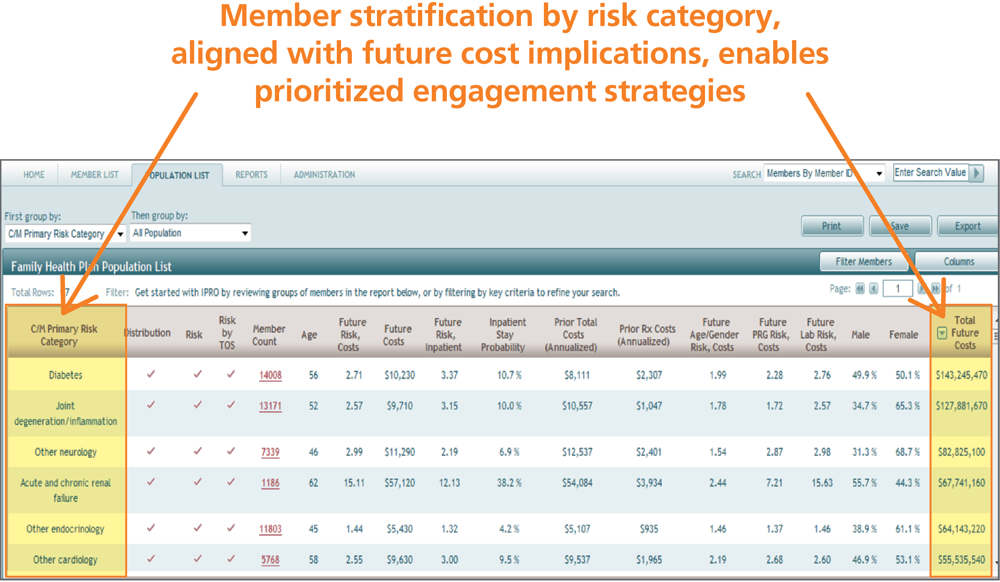Optum: Using moneyball analytics to provided better insights in healthcare

Optum Health helping to improve the healthcare system by developing industry-leading data analytics software.
Optum
Sports teams aren’t the only ones using moneyball analytics to mine large amounts of data for key insights. Increasingly the healthcare industry is utilizing these same tactics to improve everything from preventative healthcare to new cancer treatments. The transition of the healthcare industry from paper records to electronic ones has created a plethora of patient data; however, due to the highly individualistic systems being used by each hospital, clinic, etc., being able to utilize individual and population level data has proved difficult. Optum Health is one company trying to, and succeeding in, solving this important problem for a range of clients, including providers, employers, health plans, government agencies, and individuals.
Bringing together the full picture of patient data
As a company, Optum believes that applying analytics to patient data is only as valuable as the data they have access to. As mentioned above, the full picture of any single patient is split among various sources and pulling together all of these sources is key to gaining real, applicable insights. In order to achieve this, the company has a full-spectrum strategy, meaning they provide products for improving healthcare technology infrastructure, health data analytics and overall consumer engagement.(1) By focusing on the whole health data system, each of Optum’s products reinforces each other to allow for better data capture and analysis. Optum’s proprietary software application Optum One uses an “unmatched foundation of health care data that is cleaned, normalized and validated.”(2) This means bringing together a wide range of patient information including claims, clinical, socio-demographic and care management data to provide the most complete data set possible.

Helping healthcare provides get the most from their data
In addition to simply allowing access to cloud-based analytics software, Optum takes their expertise one step further and provides education to their clients on how to best capture and manage their data to gain the best results from the analytics software. When it comes to data analytics, there is very real “garbage-in, garbage-out” problem. The quality of data depends deeply on how the original data is capture and Optum understands that educating their clients on best practices improves the results their clients have, and in turn, improves their own brand quality.
More on Optum’s client education services can be found here.
Unmatched analytical capabilities
With an accurate, full-picture patient data set, Optum has been able to develop first-class analytics software based on sabermetrics. Optum’s software focuses on both population-based and individual-level health management. The population-based analytics identifies and stratifies the population by disease, helping to identify the areas in which providers should implement evidence-based and disease management programs, as well as the results of such programs. Their individual-level analytic capabilities allow providers to identify their most at-risk, highest cost patients as well use predictive analytics to identify who most likely become a high-cost patient. This allows providers to provide early intervention to help keep costs lower over the long-term and improve overall patient health.
View Optum’s analytics video series here.
Optum Analytics Snapshot:

The path ahead
Optum has done an amazing job at becoming a leader in the healthcare analytics industry, but they aren’t the only company making great progress. The company’s most pressing issue going forward will be staying ahead of the ever-increasing competition in the industry. Optum does have the benefit of being owned by one of the largest healthcare companies in the US, UnitedHealth Group, which allows them access to first-class partnerships (such as with the Mayo Clinic among others) but continued leadership will mean consistent innovation and improvement in their software. Despite this external pressure, however, the company is in a great position to have continued success by applying their full-system integration approach.
Sources:


